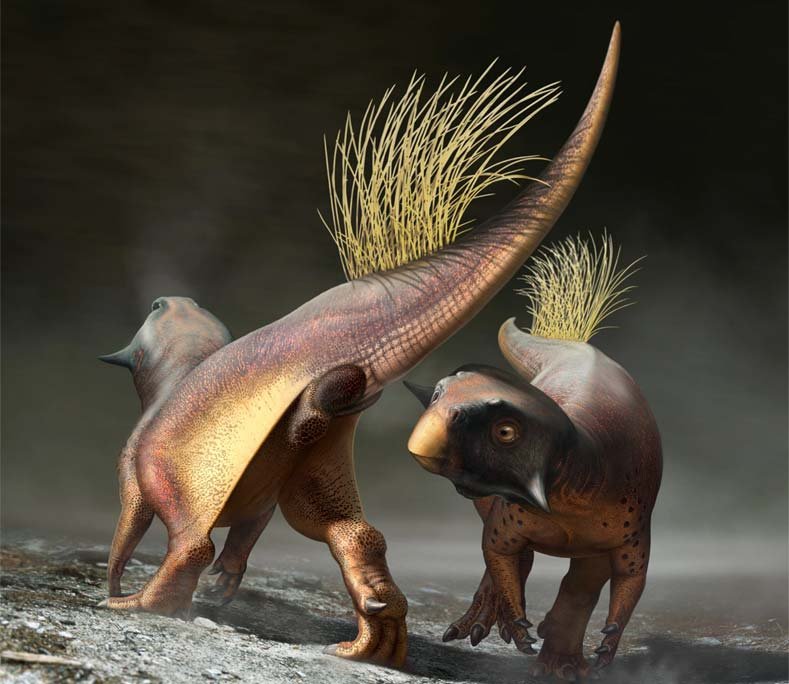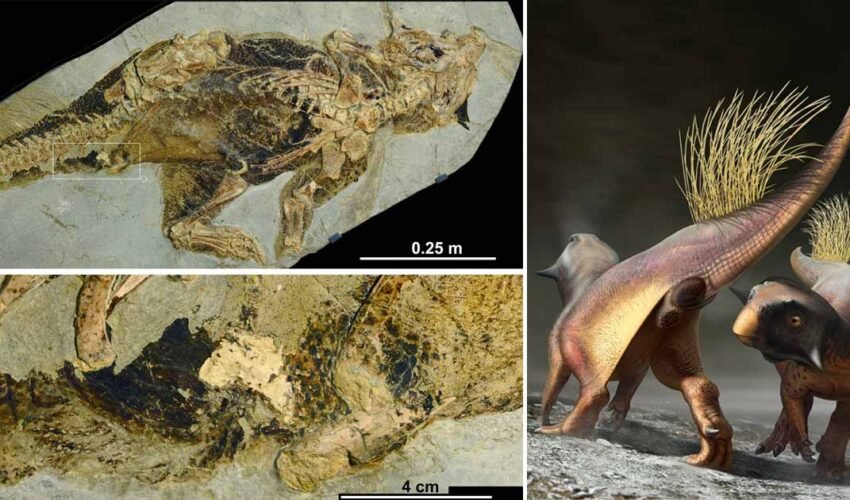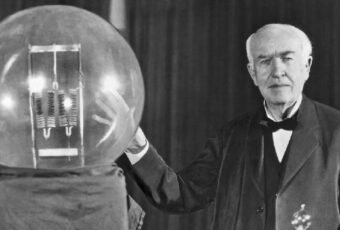Although we know a lot about dinosaurs – how they looked like, what they ate, and what killed them, and now how dinosaur used their cloacal vent for pooping, peeing, breeding, and laying eggs.

Paleontologists said that this dinosaur had a one-of-a-kind opening that was “shaped in its perfect unique way.” The well-preserved fossils belong to the dinosaur Psittacosaurus, a bristly tailed, labrador-size, horn faced dinosaur.
Psittacosaurus lived during the Cretaceous period, which lasted from about 145 million to 65 million years ago.
According to CNN, an extremely well-preserved Psittacosaurus fossil is found in China that has allowed the experts to study the mysterious orifice which the dinosaurs used for multiple bodily functions. Despite being 100 million-year-old the orifice is so well-preserved that the opening of the Labrador size dinosaur which it used to pee, poop, and reproduce is visible.

While it doesn’t offer any solid answers on how the dinosaurs may have reproduced, it does give us some hints. Jakob Vinther, a paleontologist said, “We don’t have any dinosaur fossils where you can be confident they’ve been caught in the act.”
Although most of the mammals have different holes to serve different purposes, such as defecation, urination, and reproduction – many other animals including birds and reptiles have just one orifice, and it’s known as the cloaca.
The fossilized cloaca confirms that the dinosaurs once had a cloaca as well – however, a new study suggests that the dinosaurs were unlike any living animals on the Earth today.
“It is very unique. Most cloacas form a kind of slit. Sometimes it’s a vertical split, sometimes it’s a smiley face, sometimes it’s a sour face. This thing has a V-shaped structure with a pair of nice flaring lips and there’s not a living group of animals that have morphology like that. It’s somewhat similar to crocodiles but still unique.” said Vinther.
The fossils were discovered decades ago in northern China. Where Vinther began working on the fossil in 2016 to reconstruct the color pattern of the dinosaur. As he reached the final stages of his first study he realized that the dinosaur’s cloaca was intact enough that it could possibly be examined as well.
Vinther recalled the moment from 2016, “I got a chance to look at the specimen again, up close and suddenly realized, ‘Oh my god, the cloaca is actually quite well-preserved, and we can actually see some anatomy that I didn’t think we could see.'”

However, none of the soft tissue(like a penis) was preserved, the researcher can’t confirm whether the dinosaur was male or female. Most bird species mate by pressing their cloacal openings together.
“In animals with cloacal vents, the genitals are tucked inside the body and haven’t been preserved. So it can’t be known whether this dinosaur was male or female.”
Some paleontologists believe that the dinosaur also mated like this. While Vinther and his team believe otherwise. “From what we can see, this cloaca would not have suitable for cloacal kissing. It looks like it would have been penetrative sex.”
Vinther and his team believe that this Labrador sized dinosaur may have a penis because the cloaca was somewhat similar to one of a male crocodile, which does not have that genital organ.
To get a better understanding of Psittacosaurus’ cloacal vent, experts compared it with those of living land vertebrates. The team made various discoveries, they noted that the orifice was edged by large pigmented lobes on both sides of the opening, which might have held musk-secreting glands. These glands are found in both male and female crocodiles.
“What’s more, the outer margins of the cloaca are highly pigmented with melanin. While they don’t know for sure what color it was, it likely would have contrasted with the dinosaur’s pale underbelly,” said Vinther.
This typical pigmentation could mean that the cloacal vent was used to display and signal for courtship.
This fossil is now on display at the Senckenberg Museum of Natural History in Frankfurt, Germany.
Read more from the website:










